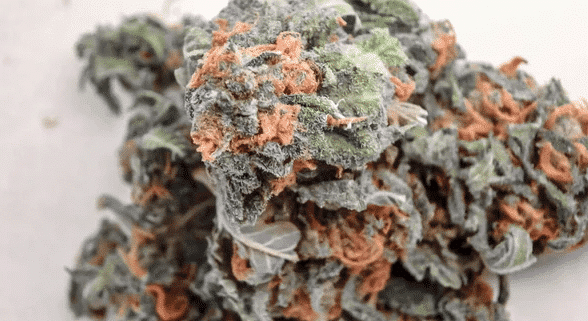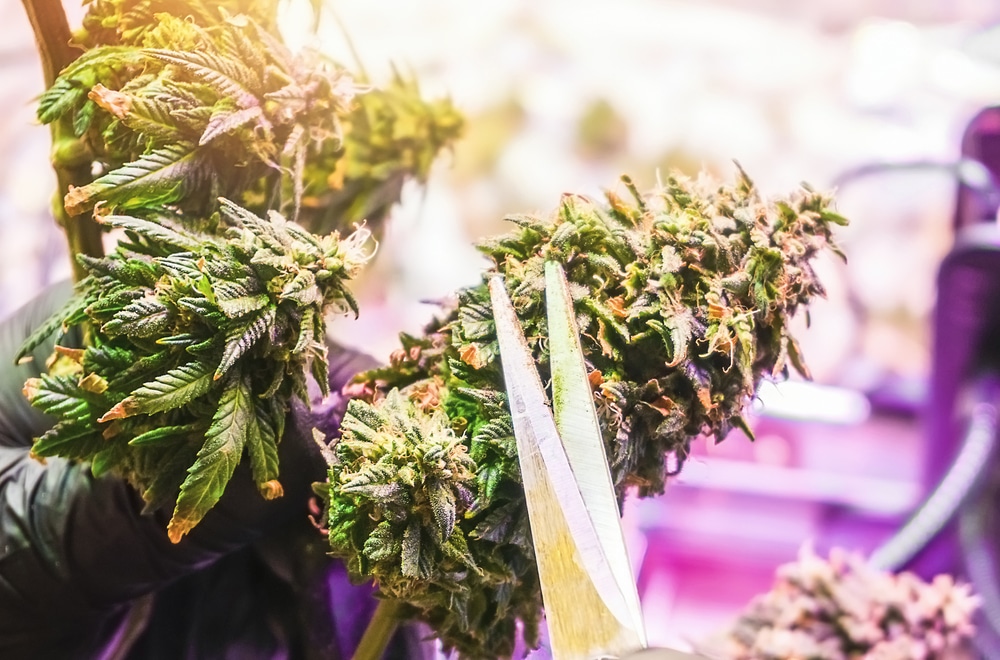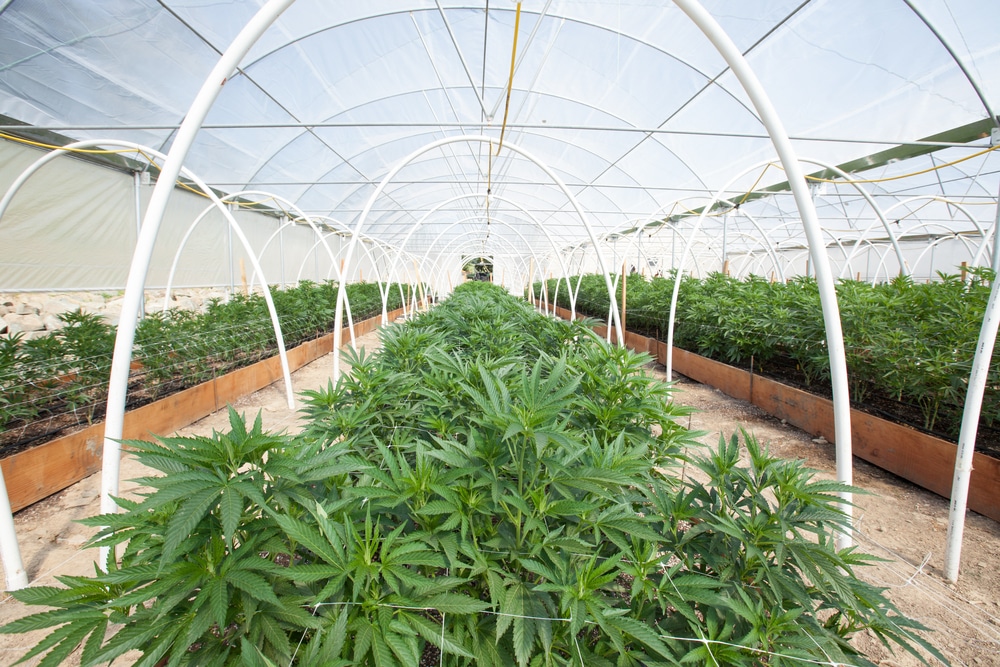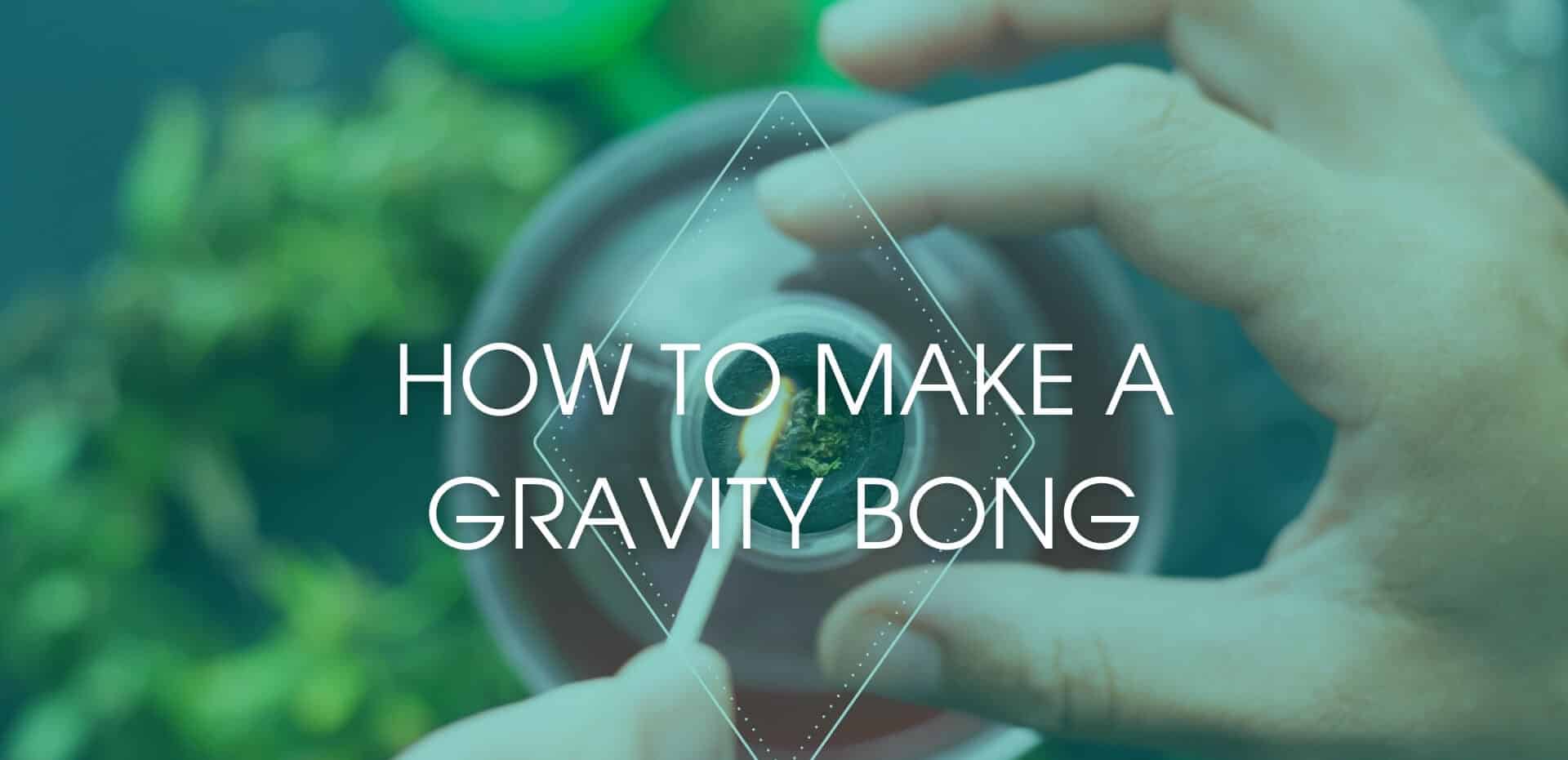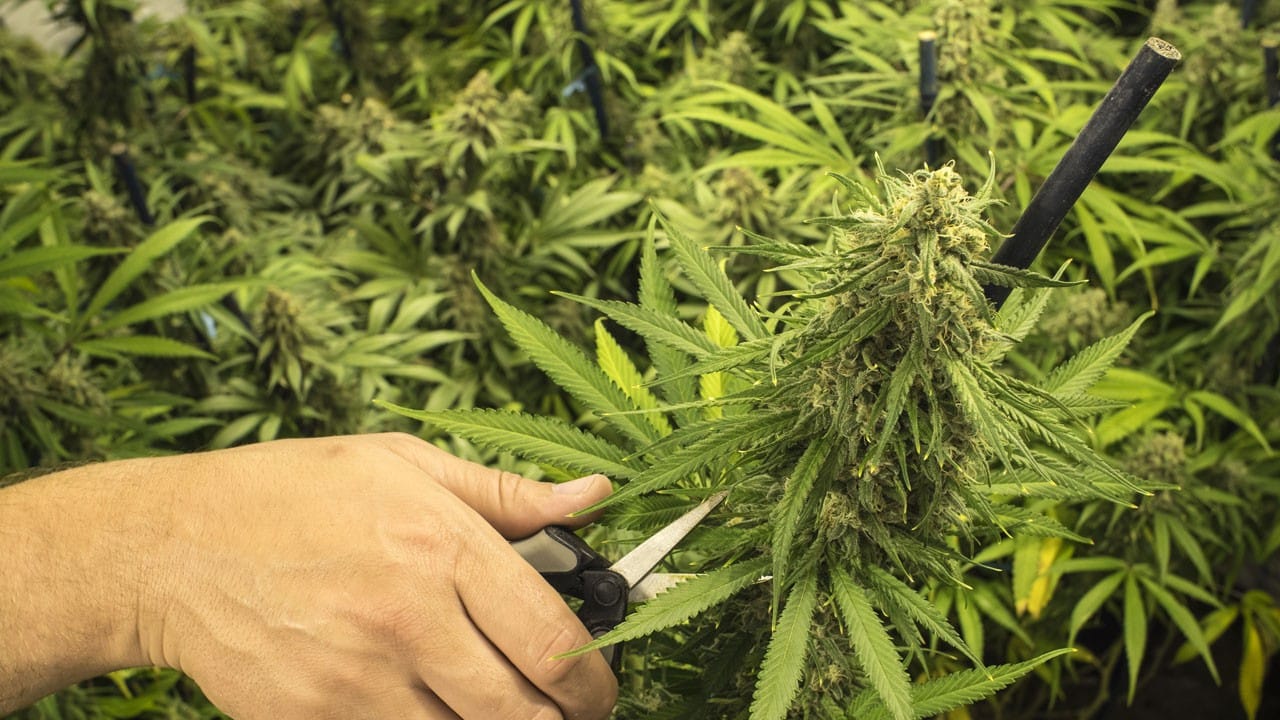No products in the cart.
Marijuana Education
Orange Hairs on Weed: Exploring the Role and Significance of Pistils in Cannabis
Discover the significance of orange hairs on weed, known as pistils, in this cannabis exploration. Learn about these colorful threads, how they form, and the invaluable information they provide growers, including plant maturity.
Gain a deeper understanding of their function, coloration, vital role in the plant’s reproduction process, and how they enhance your cultivation experience. The knowledge you acquire is a potential game changer when producing potent and tasty buds.
Let’s dive into the world of vibrant cannabis hairs.
Introduction to cannabis pistils
What are the orange hairs on weed? They’re pistils, a vital part of the plant’s anatomy. Identifying them is a must-have skill for any cultivator, as they provide signs of your crop’s maturity. They also play a crucial role in the reproductive process.
What are cannabis pistils?
Pistils are the plant’s reproductive organ, protruding from the calyxes of female weed flowers.
Comprising a stigma, style, and ovary, pistils emerge from bracts, the tiny teardrop-shaped parts at the plant nodes. They’re most prominent during the flowering stage as their hue changes from white to orange.
The appearance of orange hairs on weed is one of the first signs of flowering, showing up on autoflowers at about weeks 3–4. Photoperiods develop pistils when the light hours reduce during season changes. You may trigger the process indoors by altering the illumination schedule.
The function of pistils in cannabis plants
The primary function of cannabis plant pistils is to capture pollen from male crops during the reproduction process. They also provide cultivators with vital growth signs.
When you see your weed with orange hairs, the plant is mature. The color change is also one of the ways growers know that the buds are ready for harvesting.
This knowledge is critical, as the potent cannabinoid tetrahydrocannabinol (THC) degrades into cannabinol (CBN) if you don’t collect the buds at peak maturity.
The role of pistils in cannabis reproduction
Pistils play a vital role in reproduction as they collect pollen from anthers, the cannabis plant’s male parts. The bright hair shades also attract pollinators. When pollen lands on the stigma, it travels down the style to the ovule, where fertilization and seed production occurs.
Growers who only want buds remove male plants to prevent pollination and seed development. The process of segregating the genders is tedious and time-consuming. Some cultivators prefer using feminized seeds, as they only develop into female crops.
The coloration of cannabis pistils
One of the most intriguing aspects of cannabis pistils is their coloration. Due to their phytochemical content, you may see other hues besides white and orange hairs on weed. Anthocyanins, compounds within the flavonoid family, are responsible for the pigments of your cannabis buds.
Some strains have more anthocyanins than others, usually resulting in blue, purple, or pink hues. Cultivars with low levels of the compound change colors during the late growth stages due to carotenoids.
These other terpenoids also cause pigmentation, typically producing yellow, orange, and red buds. Strains like Orange Skunk contain more carotenoids than anthocyanins.
Orange hairs: The phenomenon explained
Pistils are white in the vegetative stage and change to yellow as they approach the flowering phase. Thanks to carotenoids, you get weed with orange hairs when your cannabis plants begin to produce buds. The shade varies in density and intensity from one strain to another.
Carotenoids are also responsible for the hues of fruits and vegetables like papayas, oranges, carrots, and peppers.
You may notice your pistils change color early, but there’s no cause for worry. Autoflowers and fast-flowering cultivars bloom faster than photoperiods.
Factors influencing pistil coloration
Several factors contribute to cannabis pistil coloration. Genetics play a crucial role, as certain strains are more likely to produce weed with orange hairs.
Environmental conditions, like temperature, light exposure, and nutrient availability, can also influence pistil development and pigmentation. The plant’s maturity stage and overall health can impact coloration.
Pistil colors and their significance
The different colors of pistils provide valuable information about the growth stage and overall health of the cannabis plant. White or cream-colored hairs are usually apparent during the early flowering stages, when the plant is still producing resinous trichomes.
As the flowers mature, the pistils often change hue, with orange being one of the most common colors. The vibrant hairs usually indicate peak potency and signal that the buds are almost ready to harvest.
Understanding the factors influencing pistil coloration and their importance is crucial. Explore the following colors and what they signify:
- White pistils show that the pre-flowers aren’t mature yet and contain low cannabinoid and terpene levels. Don’t harvest buds at this stage.
- Orange hairs on weed flowers signal that the cannabis buds are mature, rich with cannabinoids and terpenes, and ready for collection.
- The top part of the pistil turns dark brown when the flower is fertilized. The stigma begins to shrivel and darken after fulfilling its role.
- Pink and red hairs may occur due to chemical changes caused by anthocyanins instead of carotenoids. Strain genetics also play a role in the buds producing pistils with such colors.
Pistils and cannabis potency
Pistils are vital to the reproductive process and signal when marijuana plants are ready for harvest. They don’t affect the buds’ cannabinoid content.
Do orange hairs affect potency?
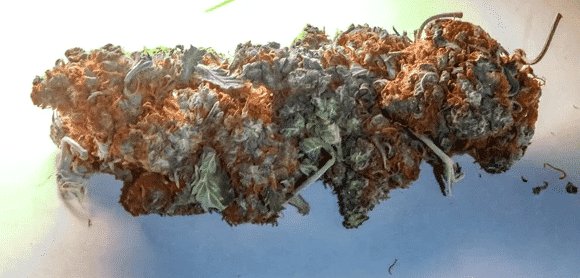
There’s a common misconception that weed with orange hairs has more potent buds, but the hue isn’t a reliable potency indicator. Pistils collect pollen for fertilization, and the vibrant hue attracts pollinators.
It’s the concentration and profile of cannabinoids and terpenes present in the trichomes that determine the strain’s potency.
The relationship between pistils and trichomes
While pistil color may not indicate how strong a weed strain is, there’s a correlation between the hairs and trichome development. Coloration occurs as the flowers mature and approach peak potency, while at the same time, the appendages appear.
Although orange hairs on weed flowers signal bud maturity, trichomes are a better indicator of the best time to harvest. You collect the nugs when they display a milky, opaque hue. Don’t wait too long, as THC turns into CBN when they turn amber.
Myths and misconceptions about orange hairs
There are several myths in the 420 community about orange pistils:
- Myth 1: Weed with orange hairs is more potent than its counterparts. This isn’t always the case, as potency depends on the cannabinoid content of the trichomes.
- Myth 2: Orange cannabis buds have more hairs, meaning a higher THC content. Pistils don’t have any cannabinoids. Their function is to collect pollen for reproduction.
Judging a weed’s strength by its color doesn’t give accurate results. It’s essential to do comprehensive testing on cannabinoid and terpene profiles to determine a cannabis strain’s characteristics and potency.
The role of pistils in assessing cannabis maturity
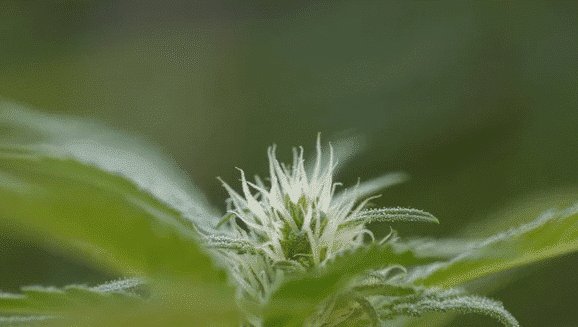
Let’s examine how pistils help growers determine their plant’s age and indicate when to harvest:
Observing pistil color changes
Pistils are usually white or cream in the early stages of a plant’s development. Coloration occurs as crops approach the blooming stage, and you notice orange hairs on weed flowers, which later change to brown. The phenomenon serves as a visual clue of the ideal harvest time.
Pistil color as a harvest indicator
When most pistils turn from white to orange, it’s a sign that the flowers have reached an advanced stage of maturity. The buds are ready to collect when the tips of the pistils turn brown. Note that this isn’t the sole determinant of harvest time.
Other factors to consider when assessing maturity
Besides using orange hairs on weed as a general indicator of when to harvest, you must consider other factors.
Trichome development and resin consistency help you accurately assess the best time to collect buds. Cannabinoid production is optimal when trichomes transition from a clear to cloudy or milky hue.
Consider the strain’s recommended flowering time and observe the plant’s overall health and vigor when determining harvest readiness.
Pistils in the cannabis drying and curing process
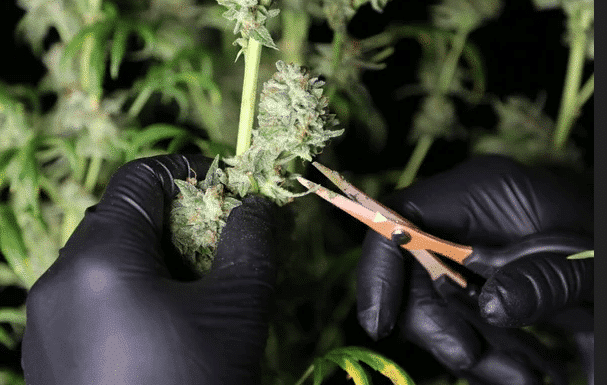
The process of drying and curing cannabis is essential to enhancing bud quality and offers many benefits:
- Drying removes moisture, which helps prevent mold development and ensures a better smoking experience.
- Curing allows the aroma and flavor of the buds to develop further.
How pistil color changes during drying
The orange hairs on weed undergo further coloration during the drying process. The hue may darken or fade as moisture decreases. This shift is natural and doesn’t necessarily indicate quality or potency loss.
The impact of curing on pistil appearance
The curing process preserves and enhances the fragrance, flavor, and bud quality. Pistils continue to change color when you seal the buds in an environment with regulated humidity and temperature. This phenomenon doesn’t impact the final product’s potency or effects.
Aesthetic considerations for dried cannabis
Pistils do more than serve a function in cultivating weed. They also add to the dried flowers’ aesthetic appeal. The presence of orange hairs on weed with a green backdrop creates a stunning visual effect.
The influence of genetics and environmental factors on pistil development
Genetics and environmental factors, like temperature, light, and nutrients, impact pistil development in flowering plants. Understanding the interaction is crucial for practical applications in plant breeding and cultivation.
Genetic factors and pistil traits
Different cannabis strains exhibit variations in color, length, density, and overall structure of their pistils. Genetics plays a vital role in producing orange hairs on weed.
Environmental factors affecting pistil development
Providing optimal growing conditions throughout the plant’s life cycle is vital for healthy pistil development. Controlling the temperature and nutrient availability, light intensity, duration, and spectrum maximizes the crop’s potential.
Strain-specific pistil characteristics
Each cannabis strain possesses unique characteristics, including pistil traits like hair length and density, adding to the plant’s beauty and diversity. Weed with orange hairs is an excellent example of individuality.
Appreciating the beauty and functionality of cannabis pistils
While most growers and users focus on beautiful and tasty buds, it’s easy to overlook the pistil’s contribution to plant development and the nugs’ aesthetic appeal. Understanding the beauty and function of cannabis hairs can help you achieve maximum results.
The visual appeal of orange hairs on weed
Weed pistils with vibrant hues enhance the plant’s visual appeal, increasing growers’ anticipation of stunning-looking buds during cultivation. The combination of orange hairs on weed with a green background makes them attractive to cultivators and consumers.
Recognizing the importance of pistils in cannabis cultivation
Pistils are vital in cannabis cultivation, besides enhancing the final product’s appearance. They facilitate pollination and seed production. The coloration provides valuable insights into the plant’s maturity and harvest timing.
Further explorations in cannabis botany
Pistils offer a fascinating view into the world of cannabis botany. As scientific research and cultivation techniques advance, we anticipate new discoveries and insights into the beauty and functionality of these versatile hairs.
Understanding orange hairs on weed benefits growers
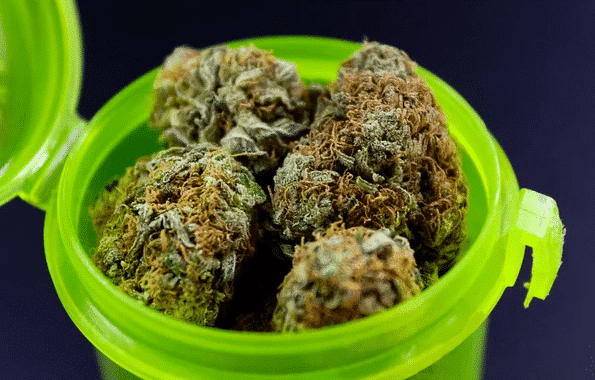
While cannabis pistils appear like delicate strands of hair, they’re essential components of the plant’s reproductive process. They also provide critical indicators of maturity and potency.
The vibrant orange hairs on weed add a visual appeal that captures the attention of growers and users. Combining the knowledge of pistils and trichomes allows you to time your harvest perfectly, collecting buds at their peak quality.Although cultivation techniques are critical, very little can help if you don’t use quality cannabis seeds. Be sure to get yours from a reputable establishment like The Seed Fair to avoid low-grade and fake seeds. Our extensive collection has something for every grower.


